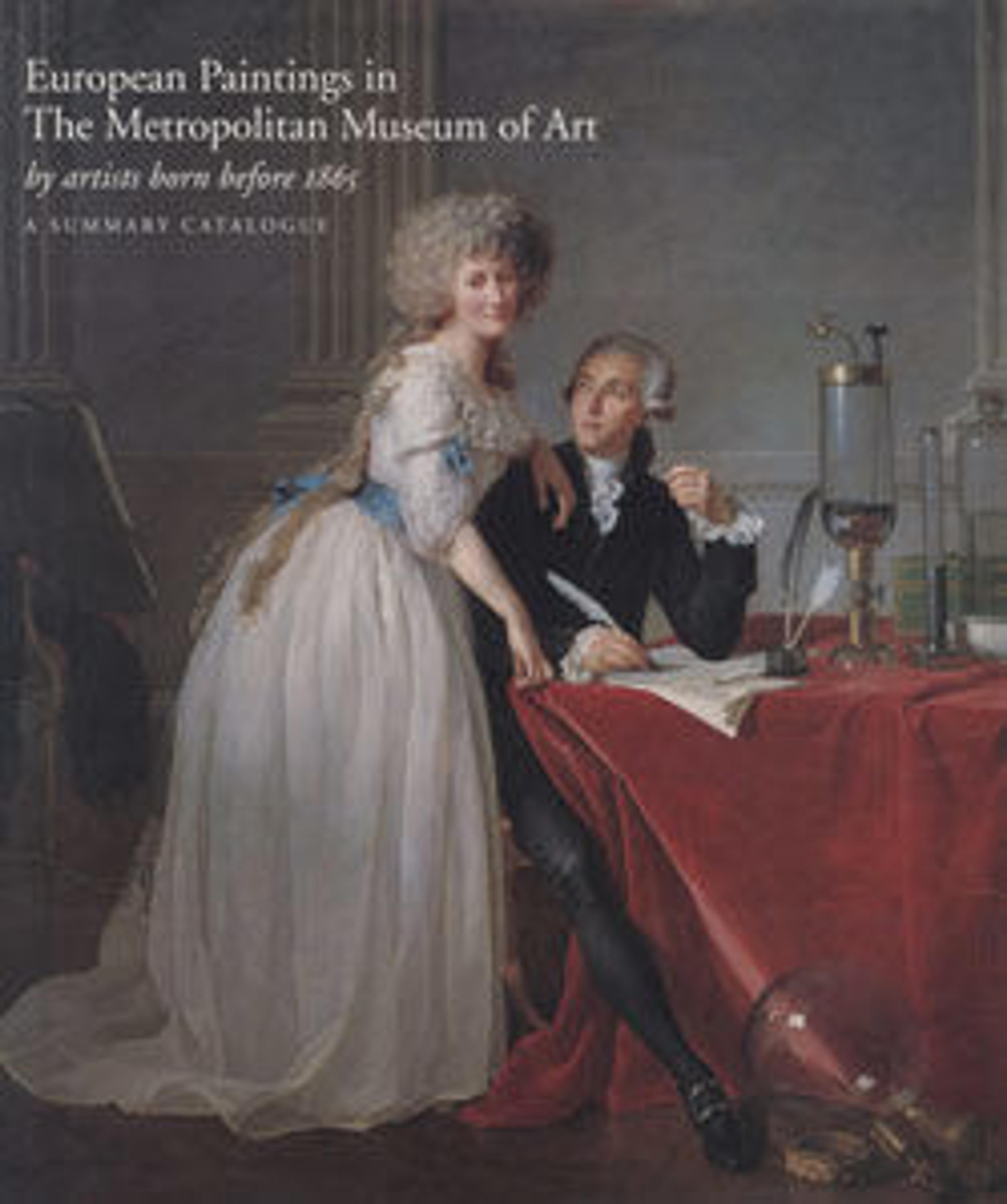Hamlet and His Mother
This painting depicts the moment in Shakespeare’s epic tragedy Hamlet in which the protagonist, who has been speaking privately with his mother, Queen Gertrude of Denmark, notices a figure behind the curtains of her closet. Immediately afterward, Hamlet will impale the hidden Polonius with his sword, and utter the memorable phrase "How now! A rat? Dead for a ducat, dead!" The composition is identical to a black and white lithograph Delacroix made for a portfolio devoted to the play, which was first published in 1843.
Artwork Details
- Title:Hamlet and His Mother
- Artist:Eugène Delacroix (French, Charenton-Saint-Maurice 1798–1863 Paris)
- Date:1849
- Medium:Oil on canvas
- Dimensions:10 3/4 x 7 1/8 in. (27.3 x 18.1 cm)
- Classification:Paintings
- Credit Line:Bequest of Miss Adelaide Milton de Groot (1876-1967), 1967
- Object Number:67.187.61
- Curatorial Department: European Paintings
More Artwork
Research Resources
The Met provides unparalleled resources for research and welcomes an international community of students and scholars. The Met's Open Access API is where creators and researchers can connect to the The Met collection. Open Access data and public domain images are available for unrestricted commercial and noncommercial use without permission or fee.
To request images under copyright and other restrictions, please use this Image Request form.
Feedback
We continue to research and examine historical and cultural context for objects in The Met collection. If you have comments or questions about this object record, please contact us using the form below. The Museum looks forward to receiving your comments.
